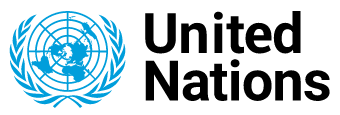
A. Sirovic, K. Eevans, C. Garcia-Soto, J.A. Hildebrand, S.M. Jesus(*) and J.H. Miller
(*)LarSys, Universidade do Algarve, Campus de Gambelas, PT-8005-139 Faro, Portugal.
Comments: pdf.
Ref.: Chapter 20, World Ocean Assessment II, Volume II p.297-320, United
Nations, New York (USA) 2021.
Keynote points
The main anthropogenic noise sources in the ocean include vessels, industrial activity,
including seismic exploration and renewable energy development, and sonar. Anthropogenic
noise levels vary across space and time, the primary drivers being levels of human activity
and propagation characteristics in the region. Noise does not persist once the sound source
has been removed from the environment, although impacts can potentially persist.
Areas with the highest levels of anthropogenic noise are those characterized by heavy
industrial use, such as the Gulf of Mexico, the North Sea and the North Atlantic Ocean.
Areas where anthropogenic noise is expected to increase include the Arctic, as the area
opens up to shipping, and Africa, as investment in the region expands. Understanding of the
impacts of anthropogenic noise on marine biodiversity is increasing, in parallel with a growing
recognition of the need to monitor and possibly reduce the noise entering the marine environment